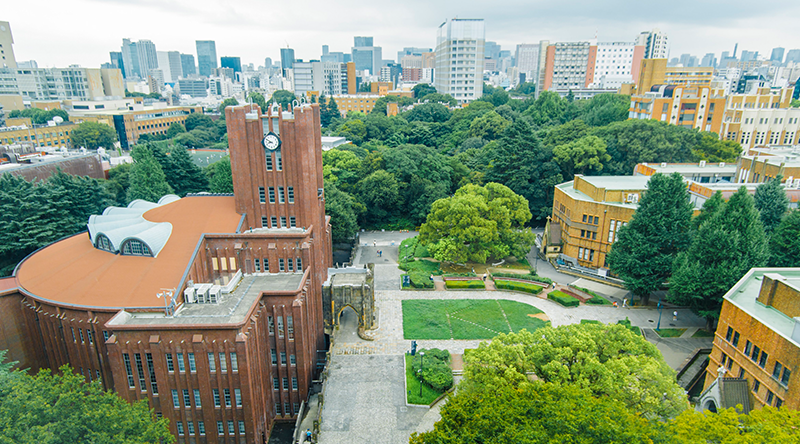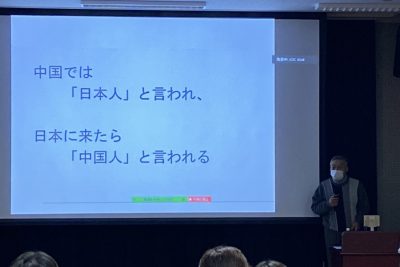Will Digital Technology Save Us? : The Post-Coronavirus World

Privacy Protection Algorithms
So what kind of method is digital contact tracing? This method uses the smartphones that almost everyone already has to identify people in close-contact with infected people during a specified time period. In this way, time no longer needs to be spent on interviews, investigation, and testing, and information can be provided directly to those in contact with the patient, enabling them to voluntarily isolate themselves a few days earlier to prevent others from becoming infected. The question of how this could avoid infringing individual privacy rights is probably one of the first things that comes to mind. Actually, there was an app developed in Korea which used GPS data to show shops infected people visited and paths they used, and this app was criticized for precisely this reason. In China as well, there are apps in circulation which show apartments where there have been cases. However, the app which is currently in development and will be available for use soon does not use personal information such as smartphone GPS data. Instead, it uses Bluetooth functionality to send notifications for places where infected people spent a certain amount of time.
(Japan has excellent technology in related fields such as communications, game development, and blockchain, so it should definitely be possible to develop a similar app here.)
Individual privacy is not violated because the following algorithm is used.
For example, imagine that two people, A and B, were talking. A’s smartphone sends a randomly-generated character string to B’s smartphone nearby once every five minutes. B’s smartphone also sends a random string A’s smartphone in the same way. When the smartphones of A and B are in close proximity to each for a 30-minute period, each phone has stored six different random character strings sent by the other phone. If this information is then stored for a two-week period, this would form a record of who each smartphone’s user had close contact with during this time, but since the characters are generated randomly, there is no way to identify the identity of any individuals.
Later on, when A is found to be infected, at the same time A is isolated, A’s smartphone could send this information for the last two weeks to a host computer at the hospital (or some other facility). B’s smartphone is constantly and automatically checking the list of random character strings for the smartphones of infected people at the hospital. At this point, if B’s smartphone identifies a character string contained within its past records, the app provides a notification to B indicating the time of possible infection. After receiving this notification, B is able to self-isolate prior to being tested. Since the average time from infection to the first appearance of symptoms is five days, this app would enable people to avoid infecting others unknowingly. (On a site that a French friend of mine told me about, there’s an easy-to-understand explanation of how privacy is preserved in a comic format, and the movement to spread this technology is coming from individual citizens, not national governments.)
Although notifications can also be sent for suspicious contact, in order for this new method to be meaningful, it fundamentally needs to be set up for thorough and rapid quarantining (based on PCR or antibody tests). Although PCR and antibody testing are not 100% accurate, they use methods such as RNA base (letter) arrangement and molecular structure (amino acid arrangement) which remain stable in the world of micro-organisms, which is a world full of volatile fluctuation, and in this way they are similar to digital information. In this sense, these tests use the digital technology which living organisms acquired through evolution.
Possible Scenarios
Increases in deaths seem to occur roughly 20 days later than the increases in infection numbers. In addition, although insufficient testing could cause estimates of the total number of infected to be inaccurate, the average mortality rate worldwide based on the current total deaths and infection cases is 5% (mortality is 2-3% in Japan, Korea, and Germany and over 10% in Italy, Spain, and France), which is extremely high. For this reason, areas experiencing exponential infection rates have no choice but to employ strong measures such as locking down cities and imposing strict curfew rules. In this case, which of the following scenarios are possible? Thought experiments generally consider the following cases.
(1) The pandemic ends relatively quickly due to the combination of vaccine development and seasonality of the virus.
(2) Lockdown and re-opening of cities is carried out repeatedly in succession until the vaccine is developed and clinical trials are completed, which takes over a year.
(3) A vaccine is unable to be developed and the lockdown and re-opening of cities continue for several years until herd immunity is achieved.
(4) The virus mutates and weakens over time, eventually achieving coexistence with humans.
For (1) or (4), there’s nothing to do but be overjoyed at humanity’s good luck. Assuming the scenario that unfolds will be either (2) or (3), since there’s a high probability that the cycle of city lockdown and re-opening will repeat multiple times, strategies for reducing the total death toll as much as possible while also shortening the time cities spend in lockdown will need to be considered. In addition, even in scenario (3), hospitalization of critical patients, isolation of mild cases, and the repeated cycle of lockdown and re-opening for people with no symptoms could make it easier for the virus to survive in a weaker form, providing selection pressure for a mutated strain of this nature. If the virus mutates to a weaker strain prior to infection reaching the 60% of the population needed for herd immunity, this would mean a shift to scenario (4). For this reason, the minimization of each lockdown and re-opening cycle is ideal in scenario (3) as well.
Data from previous lockdowns and simple epidemiological models show that more restrictive lockdowns and stronger stay-at-home policies cause epidemics to end more quickly. In addition, if a lockdown is started when there are fewer people infected, the applicable city can probably be re-opened sooner. Accordingly, the predictions of an epidemiological model based on more detailed data are essential for estimating the proper timing in terms of number of infected people for starting a lockdown, as well as the extent to which the number of cases should decline before cities are re-opened, which will result in the lowest casualties and shortest lockdown periods possible. Delay between infection and detection must also be taken into consideration.
Considering the scenarios above, the use of digital technology to strengthen transmission route tracing is also likely to be effective for the prevention of new exponential infection in Korea, where the virus was managed through border control measures without the need for strict lockdown measures, and in China, where it seems to have been successfully contained for the time being. In addition, in Europe and the United States, where the current lockdown measures are expected to be lifted in the future, as well as other countries such as Japan wherecontact trackngs are becoming difficult , given that transmission route tracing and isolation will never be 100% effective, the use of digital technology which achieves route tracing superior to manual tracing through interviews will likely be an essential element of future efforts.








